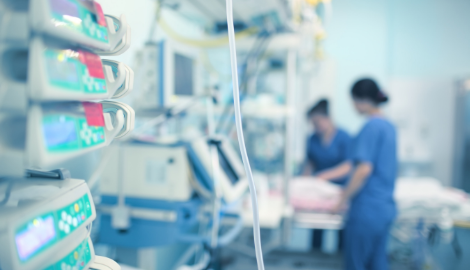When a patient is coping with a severe injury or illness, things can take a turn for the worse very quickly.
In this instance, having functional monitoring devices can be a matter of life and death. That is why equipping your hospital with the different types of patient monitoring devices from The Clinician Exchange is important for patient safety.

Vitals Monitoring
Keeping track of a patient's vitals, including heart rate, blood pressure, and body temperature, are some of the most basic and essential types of patient monitoring. When a patient's state worsens, the first signs occur in their vitals.
Most devices display at least the three vitals already mentioned, but more advanced devices may also display respiration or blood oxidation levels. These devices can also be programmed to alert staff when vitals fall to dangerous levels.
Fetal Monitoring Systems
When a woman goes into labor, it is essential to monitor her vitals and the vitals of her baby, specifically their heart rate. This is crucial for making sure the baby is healthy throughout the entire birth.
Brain Monitoring Systems
Patients with neurological conditions are often in one of the most vulnerable situations in a hospital. This includes patients who have experienced injuries to the head and neck or those that have experienced a stroke or hemorrhage.
These patients, along with patients who have undergone anesthesia treatments, need consistent monitoring of their brain activity. This is because these patients are often unconscious and cannot provide the same verbal feedback that other patients can.
Healthcare providers are the watchmen of their patients. However, when they can't have their eyes on their patients, patient monitoring devices alert doctors and nurses of trouble.
